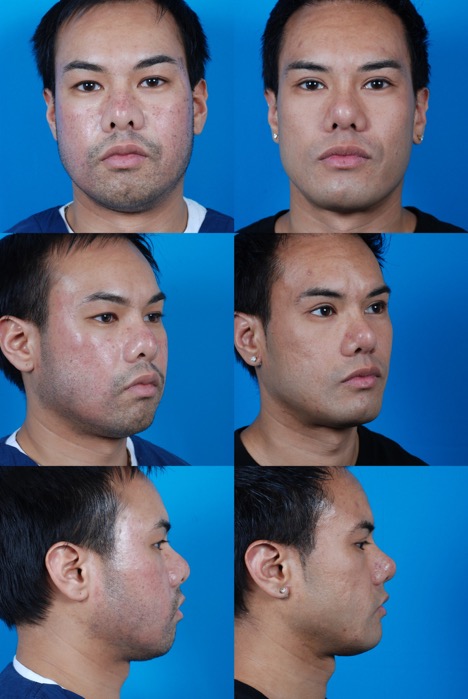INTRODUCTION
The buccal fat pads are cheek fat pads that are overdeveloped in some patients, giving the “chubby cheek” look, also called the “chipmunk look,” neither of which are considered appealing (fox, yes, chipmunk, no). By trimming this fat from the inside of the mouth, the chubbiness is reduced. This surgery may be done at the same time as jawline augmentation and a submental lipectomy to reduce the negative synergy of a full cheek and a weak jawline. The “Calvin Klein model look” is characterized by a relatively shallow cheek and prominent jawline. Plastic surgeons speak of a youthful “ogee,” which is an S-curve, bulging out at the cheekbone, concave at the lower cheek and then out again over the jawline.
PHOTOS OF PATIENTS WITH BUCCAL (CHEEK) FAT PAD RESECTION
B.G., Age 28
Procedure: Buccal fat pad resection, rhinoplasty and chin augmentation.
Before, 4 months after
The buccal fat may be approached either through the mouth (intraoral), or using a facelift incision. The intraoral approach is commonly used in young patients who are not having a facelift. This is done with the patient asleep. An incision is made along the mucosa inside the cheek. A few muscle fibers are spread apart and the fat pad pops into view. This fat pad resembles an egg yolk. It is trimmed and the incision in the mucosa is closed with an absorbable suture.
There is very little discomfort. The incisions are hidden on the inside of the mouth. Patients can feel the sutures on the inside above and behind the upper molars. These sutures dissolve on their own in about 2 weeks. Patients are instructed to use mouthwash and to be careful brushing their teeth to avoid these incisions. It is best to stick to a soft diet for about a week after surgery.
In experienced hands, this procedure is very safe. Infection is unlikely. A hematoma is possible because there are some vessels which pass close to the fat pads. There is also a salivary duct in the area (Stenson’s duct), which conceivably could be injured.
Underresection is possible, and I have had the opportunity to redo this procedure for a patient who had it done previously elsewhere and at surgery still had significant fat deposits.
Overresection is also possible and might cause depressions of the cheeks, a problem best avoided. However, I have not seen this particular problem. The incisions tend to heal quickly and very well.
Getting Back to Normal
Use a mouthwash at home starting the day after surgery.
Be careful brushing your teeth to avoid the incisions which are in the upper recesses (“sulci”) of the cheeks above and behind your upper molars.

